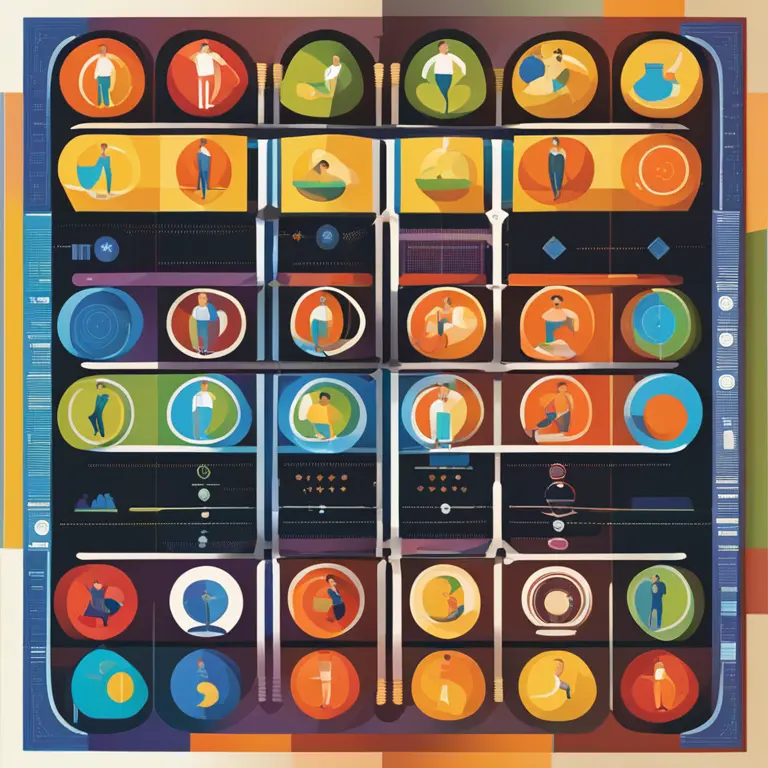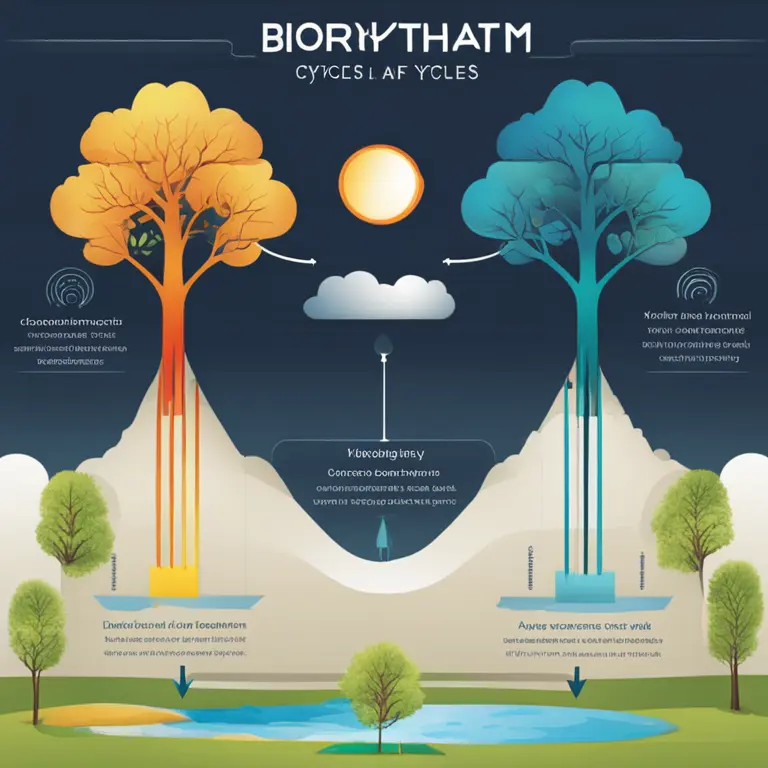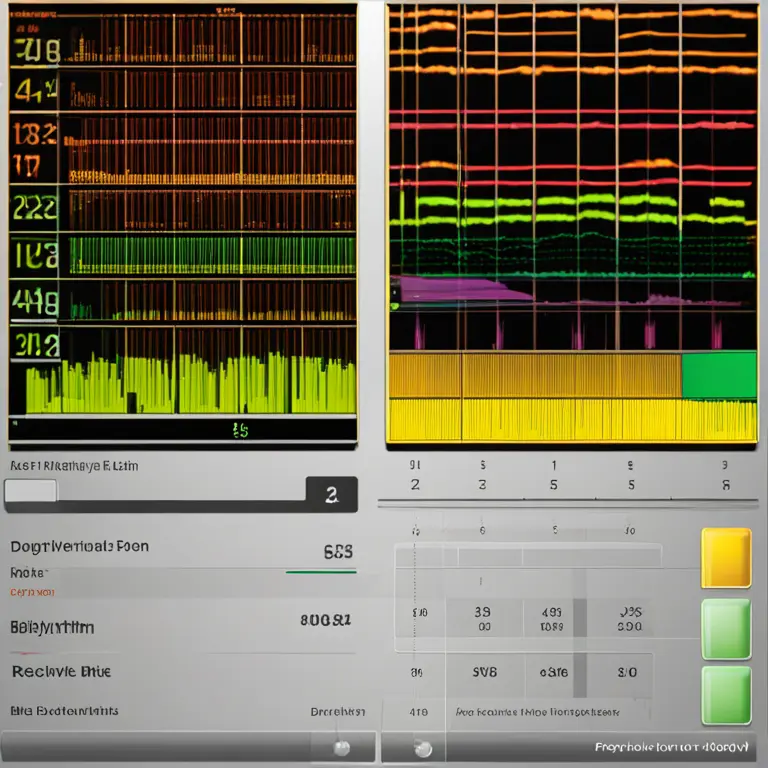
The Rhythms of Life: Biorhythm Cycles
Delve into the concept of biorhythms and discover how they could influence your daily life, emotions, and decision-making processes.
article by Adrian Wallace
Introduction to Biorhythms Biorhythms are believed to be biological cycles that influence various aspects of our physical, emotional, and intellectual well-being. The theory of biorhythms suggests that from the moment of our birth, we embark on these cyclical patterns which ebb and flow throughout our lives. While the concept has its roots in early 20th century, it has found renewed interest in the era of personalized health and well-being. Today, with advancements in wearable technology and analytical tools, tracking and analyzing one's biorhythms has become more accessible, leading to greater interest and application in day-to-day life.

The Three Primary Cycles The foundation of biorhythm theory is built on three primary cycles: physical, emotional, and intellectual. Each cycle is said to have its own fixed period: the physical cycle is 23 days, the emotional cycle is 28 days, and the intellectual cycle is 33 days. According to the biorhythm model, the physical cycle influences strength, stamina, and coordination. The emotional cycle modulates mood, creativity, and perception, while the intellectual cycle affects analytical thinking, learning, and communication. These cycles start at a neutral point at birth and oscillate between positive and negative phases throughout life.

Calculating Personal Biorhythms Determining one's biorhythms requires just a single piece of data: the individual's date of birth. From this starting point, present-day calculations are performed using algorithms that can be found in various biorhythm applications and online platforms. Users can input their birthdate to receive a personalized biorhythm chart, offering insights into the peaks and troughs of their cycles. In our digital age, this process has become more user-friendly, providing users with daily updates and future projections for planning purposes.

Biorhythms and Decision Making Many enthusiasts believe that understanding one's biorhythms can significantly improve decision making. By being aware of the phases in their cycles, individuals might choose to engage in activities that align with their current biorhythmic state. For example, during a high phase in the physical cycle, one might prioritize physically demanding tasks or exercise, whereas during a peak in the intellectual cycle, complex problem-solving or learning new skills could be more effective.

Skeptical Views and Scientific Scrutiny Despite the popularity of biorhythms among certain groups, it is important to acknowledge the skeptical views and lack of scientific consensus. Critics argue that there is insufficient empirical evidence to support the direct impact of biorhythm cycles on individual behavior and performance. However, this has not deterred a segment of the population from utilizing biorhythmic analysis as a self-help tool or a supplemental guide to wellness and personal growth.
Biorhythms in Contemporary Society As we move beyond 2024, the utilization of biorhythms continues to intersect with technology, holistic approaches to health, and customized lifestyle planning. With the integration of AI and machine learning, personal biorhythm calculations are becoming more sophisticated, potentially offering insights that are more nuanced and individualized. Nonetheless, biorhythm enthusiasts are advised to use these analyses in conjunction with other well-established health and wellness practices.
Parting Thoughts As our journey into the holistic aspects of our lives evolves, the intrigue surrounding biorhythms remains. Whether it is to enhance one's self-awareness or to seek harmony with the intrinsic cycles of life, the study of biorhythms offers a unique dimension to the quest for personal well-being. If you are inclined to explore this path, it is recommended to approach with an open mind, balancing curiosity with rational skepticism.
Published: 1/25/2024
Modified: 1/25/2024
More predictions
Come back here soon to learn more about yourself and your future


Biorhythm Love Compatibility: Find Your Match
Discover how a biorhythm love compatibility calculator can enhance your romantic connections by analyzing the natural cycles that influence relationships.


The Human Biorhythm Cycle: Patterns of Life's Ebb & Flow
Delve into the human biorhythm cycle, a compelling concept in the holistic understanding of our physiological and emotional patterns over time.


The Intersection of Biorhythms & Astrology Explored
Discover the link between biorhythms and astrology to gain insights into your life's patterns and potential.